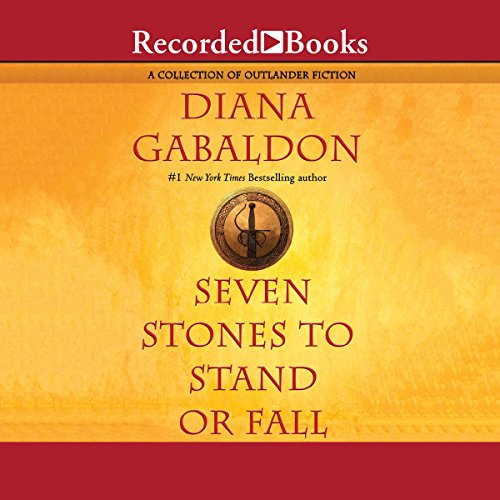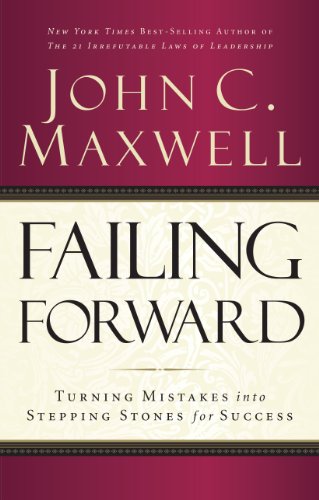
The author presents a collection of seven short stories set in the Outlander universe, never before published together, including two original stories and featuring beloved character Jamie Fraser.
“Beseiged”: Protagonist is Lord John Grey, a secondary character in the Outlander novels and a main protagonist of the Lord John novels, Diana’s related series (never before published).
“A Fugitive Green”: Protagonist is Hal Grey, John’s brother (never before published).
“Virgins”: Protagonists are Jamie Fraser at age 19 and his friend and future brother-in-law, Ian Murray. (Originally published in the Tor Books anthology Dangerous Women in 2013. Dell published as an individual e-novella in 4/2016.)
“The Space Between”: Protagonist is Michael Murray, who is the son of Ian and Jenny Murray (Jenny is Jamie’s sister and a main character in her own right in both the books and TV show). (Originally published in the Tor anthology The Mad Scientist’s Guide to World Domination in 2012 and as an individual e-novella by Dell in 4/2014.)
“A Leaf on the Wind of All Hallows”: Tells the story of the parents of Roger Wakefield (a major character in the books, just introduced at the end of the second season of the show and will continue to grow in importance); features Claire’s husband, Frank Randall. (Originally published in the Gallery anthology Songs of Love and Death in 2010 and as an individual e-novella by Dell in 12/2012.)
“The Custom of the Army”: Protagonist is Lord John Grey. (Originally published in the Tor anthology Warriors (1) in 2010. Dell published as an e-novella in May 2012.)
“Lord John and the Plague of Zombies”: Protagonist is Lord John Grey. (Originally published in Ace anthology Down These Strange Streets in 2012. Dell published as an e-novella in 2013).

